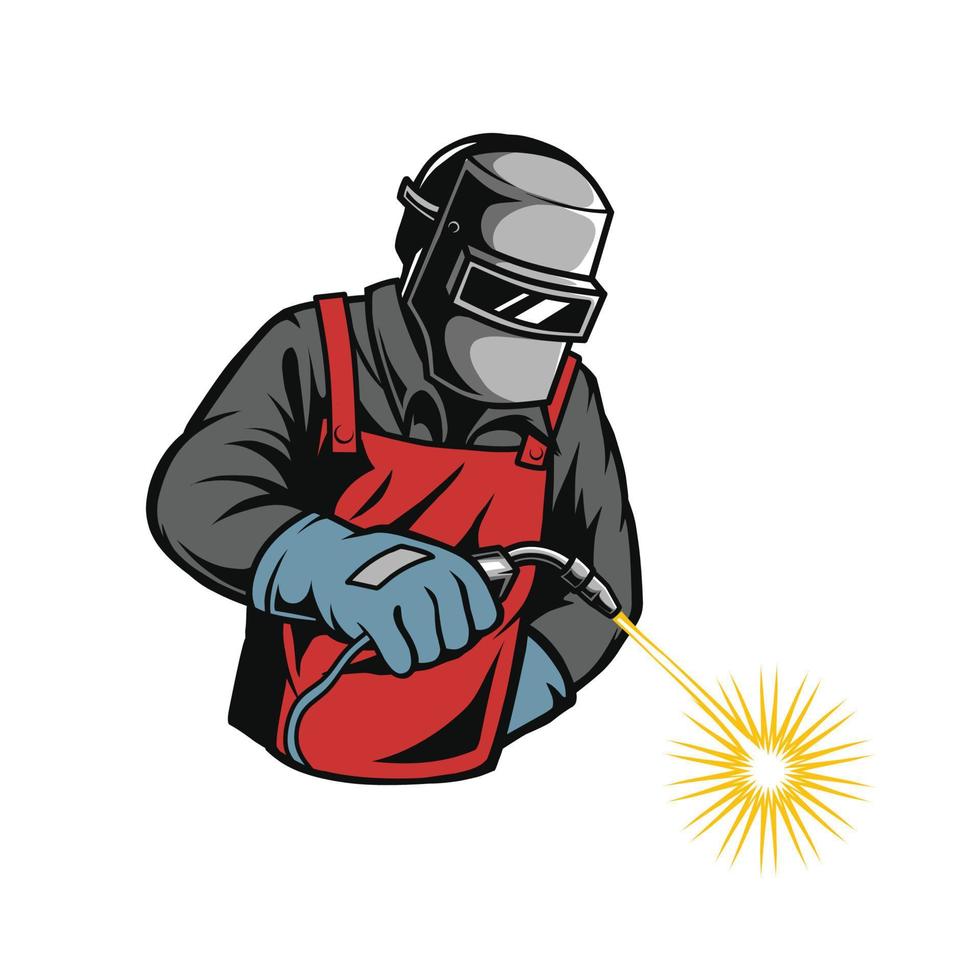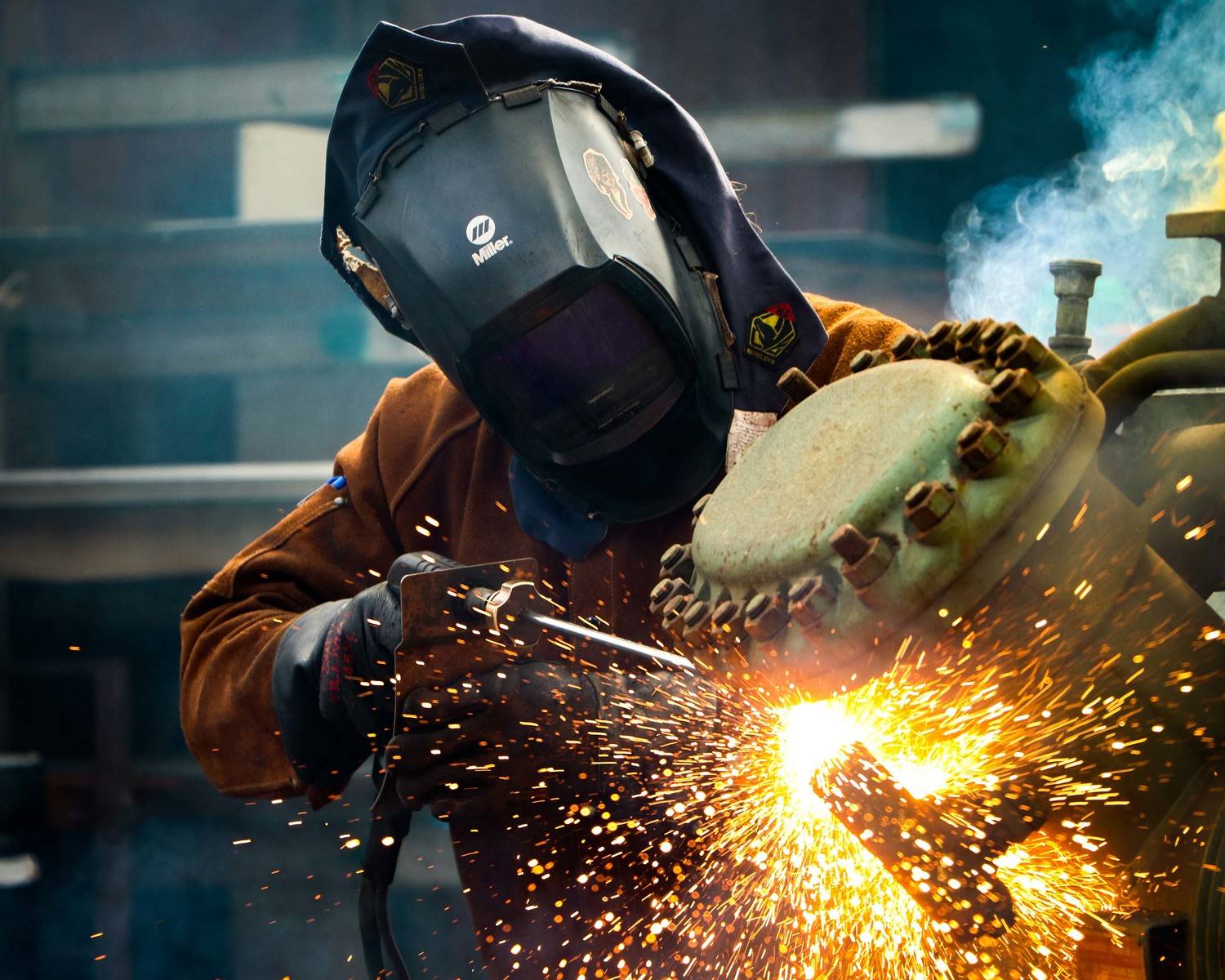Creating a Welding WPS: Step-by-Step Instructions for Professionals
Wiki Article
The Ultimate Overview to Welding WPS Procedures: A Thorough Introduction for Welders
In the detailed globe of welding, Welding Treatment Specs (WPS) offer as the backbone of ensuring high quality, uniformity, and safety and security in welding operations (welding WPS). As we delve right into the different elements of a WPS and check out the details of qualification and qualification, we will discover the crucial function these treatments play in the realm of welding.Value of WPS Procedures
Comprehending the significance of Welding Procedure Requirements (WPS) treatments is critical for making certain the top quality and honesty of welded frameworks. WPS treatments work as a roadmap for welders, laying out the needed steps, specifications, and materials called for to accomplish a sound weld. By adhering to WPS guidelines, welders can make sure consistency in their job, resulting in reliable and structurally audio welds.Among the main reasons why WPS treatments are essential is their duty in preserving weld high quality and integrity. Following the defined welding specifications and techniques detailed in the WPS assists prevent issues such as porosity, splitting, or incomplete fusion, which can endanger the stamina and longevity of the weld. In addition, WPS treatments are critical for making sure conformity with market criteria and codes. By complying with recognized WPS guidelines, welders can show that their work fulfills the necessary needs for safety and security and high quality, offering guarantee to clients, inspectors, and regulative bodies. Essentially, the significance of WPS procedures can not be overemphasized, as they are basic to achieving regular, top notch welds that meet sector requirements and requirements.

Parts of a WPS
A Welding Procedure Requirements (WPS) generally comprises important elements that detail the certain requirements for executing a weld, making certain uniformity and quality in the welding procedure. The key elements of a WPS consist of important variables such as base metals, filler steels, interpass and preheat temperatures, welding procedures, shielding gases, welding placements, and post-weld heat therapy demands.Base metals describe the materials being joined, while filler steels are utilized to fill up the void between the base metals during welding. Preheat and interpass temperature levels are crucial for regulating the warmth input and preventing concerns like cracking or distortion. The welding process details the certain method to be utilized, whether it's gas steel arc welding (GMAW), secured metal arc welding (SMAW), or one more approach. Shielding gases shield the weld pool from climatic contamination. Welding placements specify the positionings in which welding can be performed. Post-weld heat treatment may be essential to ease tensions and improve the weld's residential or commercial properties. A thorough understanding of these elements is vital for creating a effective and extensive WPS.

Qualification and Certification
Having actually established the necessary parts of a Welding Procedure Spec (WPS), the focus now shifts towards the important facets of qualification and accreditation in welding techniques.
Accreditation, on the other hand, is the official recognition of a welder's qualifications by an appropriate qualification body or website link organization. Welding certifications are normally based on the details welding procedures, products, and settings a welder is qualified to collaborate with. Holding a legitimate welding qualification shows that a welder meets sector criteria and is qualified to do welding jobs to the called for specifications.
Producing a WPS
To develop a Welding Procedure Specification (WPS) that meets sector criteria, careful consideration of welding processes, products, and functional specifications is vital. The first step in developing a WPS is to identify the welding process to be used, such as gas metal arc welding (GMAW) or shielded metal arc welding (SMAW)
Applying and Checking WPS
Upon settling the comprehensive Welding Treatment Spec (WPS) that meticulously details welding procedures, products, operational specifications, and quality control measures, the focus changes to efficiently applying and checking the recognized treatments. Application involves ensuring that all welders included in the job know with the WPS and follow it carefully during the welding process. This calls for giving adequate training and supervision to ensure adherence to the defined treatments. Keeping an eye on the WPS includes constant oversight to confirm that welding tasks straighten with the recorded specs. Assessments, testing, and quality assurance actions are important parts of the surveillance process to determine any type of variances or problems quickly. Routine audits and reviews of the welding treatments aid in preserving consistency and quality throughout the task. Efficient application and surveillance of the WPS are vital for making sure the stability, toughness, and security of the welded joints, inevitably adding to the total success of the welding job.Verdict
In verdict, understanding and complying with Welding Treatment Specifications (WPS) is vital for welders to ensure quality, consistency, and security in their work. By understanding the parts of a WPS, obtaining appropriate qualifications and accreditations, creating detailed treatments, and applying and monitoring them continue reading this efficiently, welders can improve their skills and proficiency in welding methods. Following WPS treatments is crucial for generating premium welds and meeting industry criteria.
In the intricate world of welding, Welding Procedure Specifications (WPS) offer as the backbone of guaranteeing high quality, consistency, and safety in welding operations. The welding procedure details the specific technique to be used, whether it's gas metal arc welding (GMAW), shielded steel arc welding (SMAW), or another technique.To develop a Welding Procedure Specification (WPS) that meets industry standards, mindful consideration of welding processes, materials, and functional specifications is important. The first action in creating a WPS is to identify the welding process to be made use of, such as gas metal arc welding (GMAW) or shielded metal arc welding (SMAW)Upon completing the thorough Welding Procedure Specification (WPS) that meticulously details welding processes, materials, functional parameters, and high quality guarantee visite site procedures, the focus moves to effectively implementing and keeping an eye on the recognized treatments.
Report this wiki page